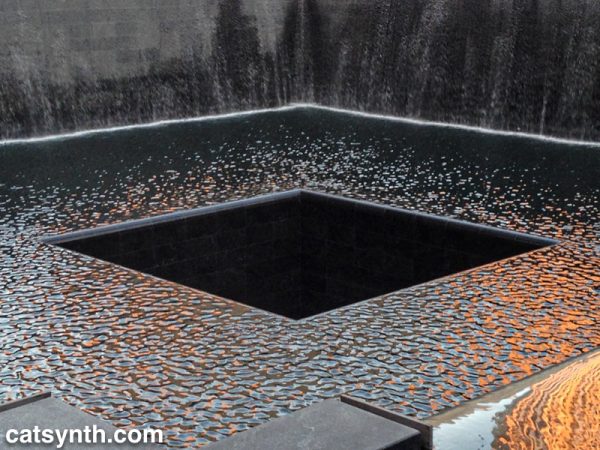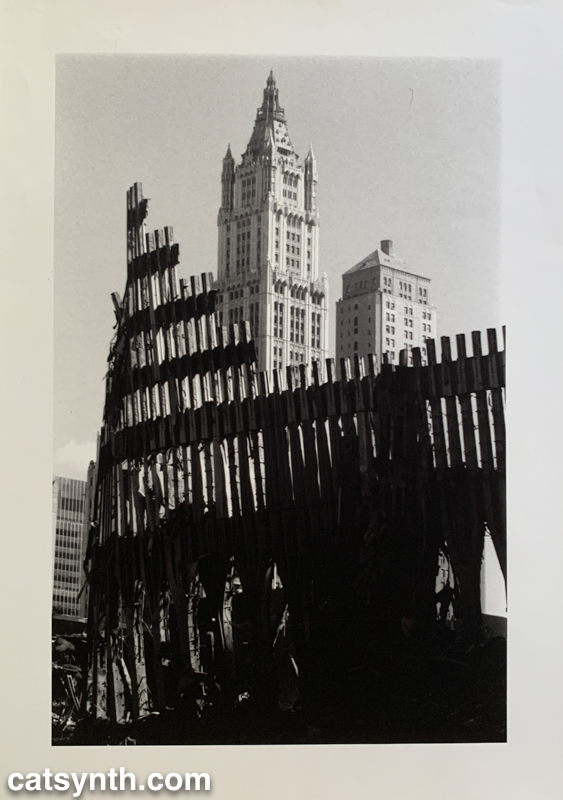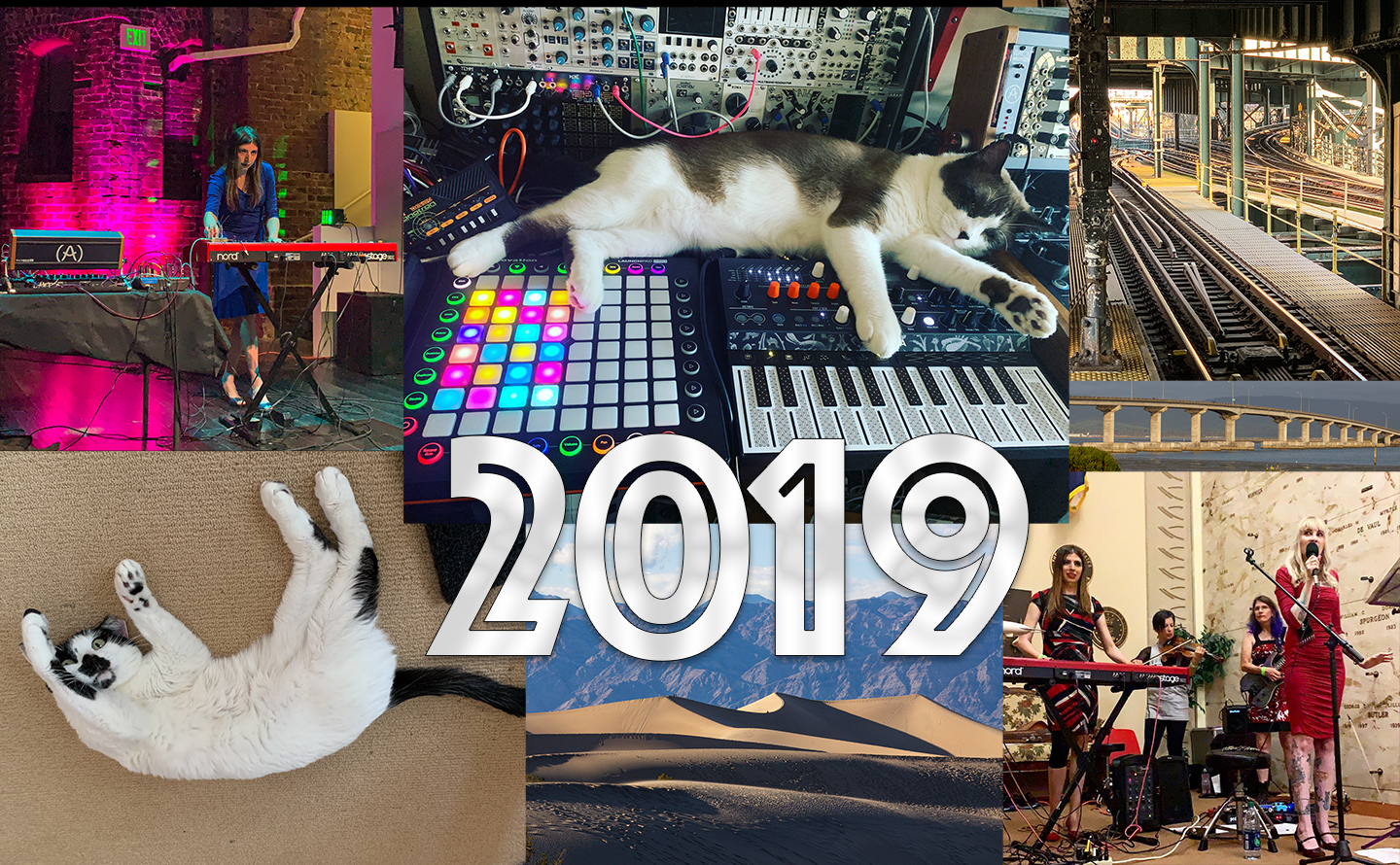
Downtown Brooklyn, near Fulton Market


I have on many years posted “A Perfectly Clear Day” on September 11. This 20th anniversary may be the last.
In November of 2001, I was back in New York and went to an exhibition of 9-11 photography. I purchased this print of a photo by Anthony Domino (with proceeds going to victims’ and first-responders’ funds).

It is a beautiful picture of a horrific ruin. I had it framed. But I can’t look at it often. It sits safely in a closet.
As for today, I don’t know that I could express the mixed feelings any better than I did on A Perfectly Clear Day 2018, so I invite you to read that. The thing that is different now is the pandemic. A far larger, far more catastrophic event. And this time I have not been able to go back to New York. I did not go at all in 2020, and whether or not I will be able to go in 2021 remains a question. The fear, anger, and trauma I have in 2020/2021 are no longer turned outward towards an external threat, but rather inward at people in our own country. But that is a story for another, less perfectly clear day.
So much has happened and changed in 20 years. It is time to put this tradition to rest.

As we count down to the start of Passover, we look back at my visit to the Museum of Jewish Heritage in New York last November. The Garden of Stones is a living memorial to the holocaust, with an arrangement of trees and stones that complement and contrast the architecture of the building. From this perspective, they also frame 1 World Trade Center quite nicely.

Our year-end collage is a long-standing tradition at CatSynth. And we had a lot of fun making this year’s edition, so many wonderful images to choose from. One of my best solo performances to date took place at the Compton’s Cafeteria series at the Center for New Music. Big Merp came to live with has at CatSynth HQ. And our adventures took us from the halls of NAMM to the bottom of Death Valley to the subways of New York.
As we mentioned at the end of last year, most of the energy has moved to CatSynth TV and our social media platforms (especially our Facebook page). The blog is mostly our core cat-and-synth pics these days, although I do enjoy sharing long-form articles now and then. And In 2020, I do plan to revive the “primary highways” series from eight years ago.
On the video side, things have been going very well. Here are the top videos for 2019:
By early autumn, I was also thinking about this year as a “tipping point.” The transition from the blog to the video channel is the most obvious, but it also applies also on the personal side. The arrival of Big Merp was one of the big stories, and it’s been a tough integration getting both cats to coexist, but things have been trending well in the past few months, with Sam Sam regaining her confidence and HQ becoming a more harmonious place again. Musically, I have moved in a direction that is perhaps closer to my roots in jazz, fusion, funk while maintaining the experimental electronic aspects. I have also moved to a point where studio work is how I spend most of my musical time, between the videos and other projects. Finally, I am getting older, as we all are, and that adds both perspective and a need to focus on health and wellbeing. In 2020, I may “do fewer things” than in the past, but I hope the things I choose to do make an impact both personally and beyond.
There is a lot to look forward to in the coming days: NAMM 2020 is around the corner, I have a full queue of demos to share, and I am laying the foundations for some major musical projects. And of course, we will continue to post cats and synths.